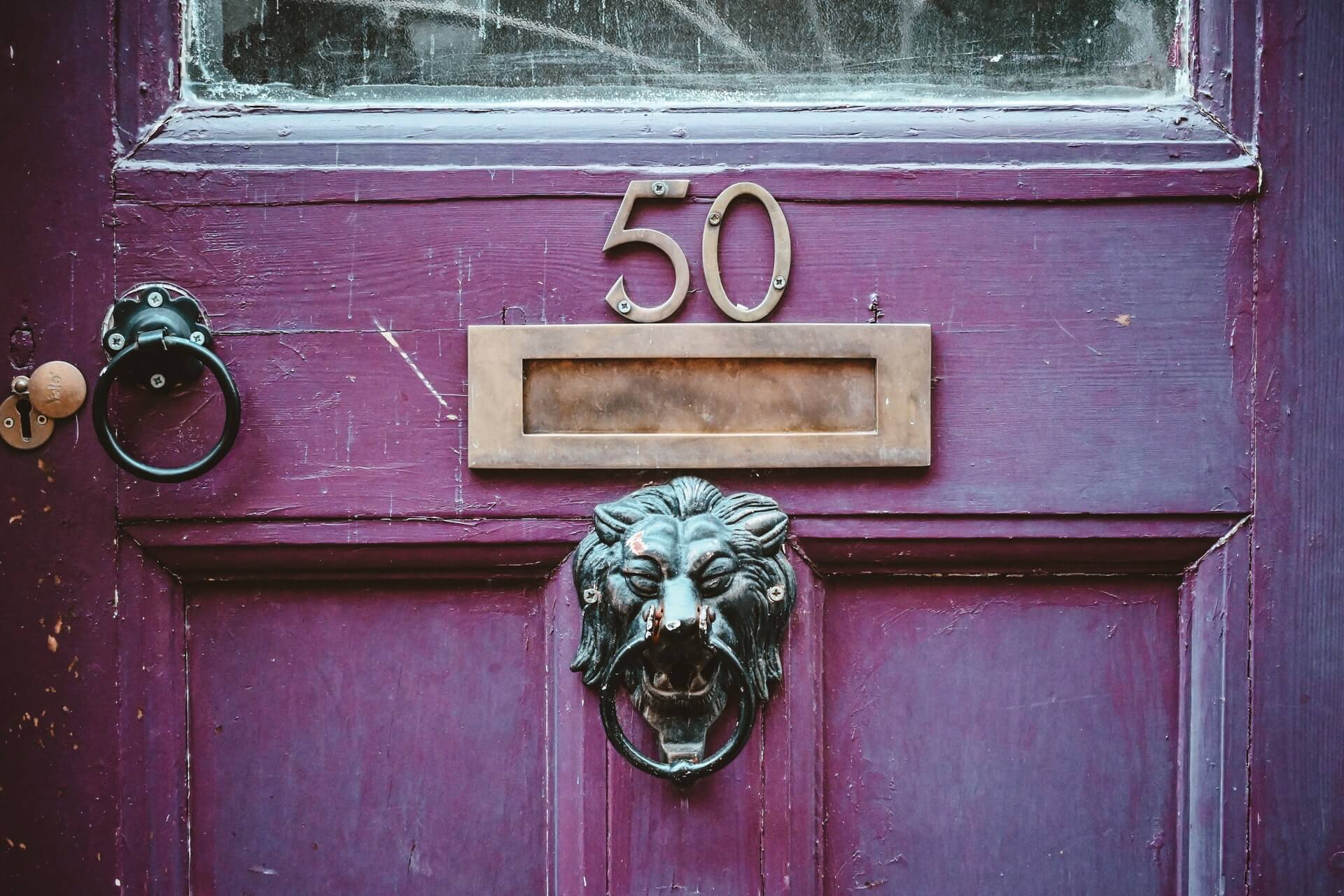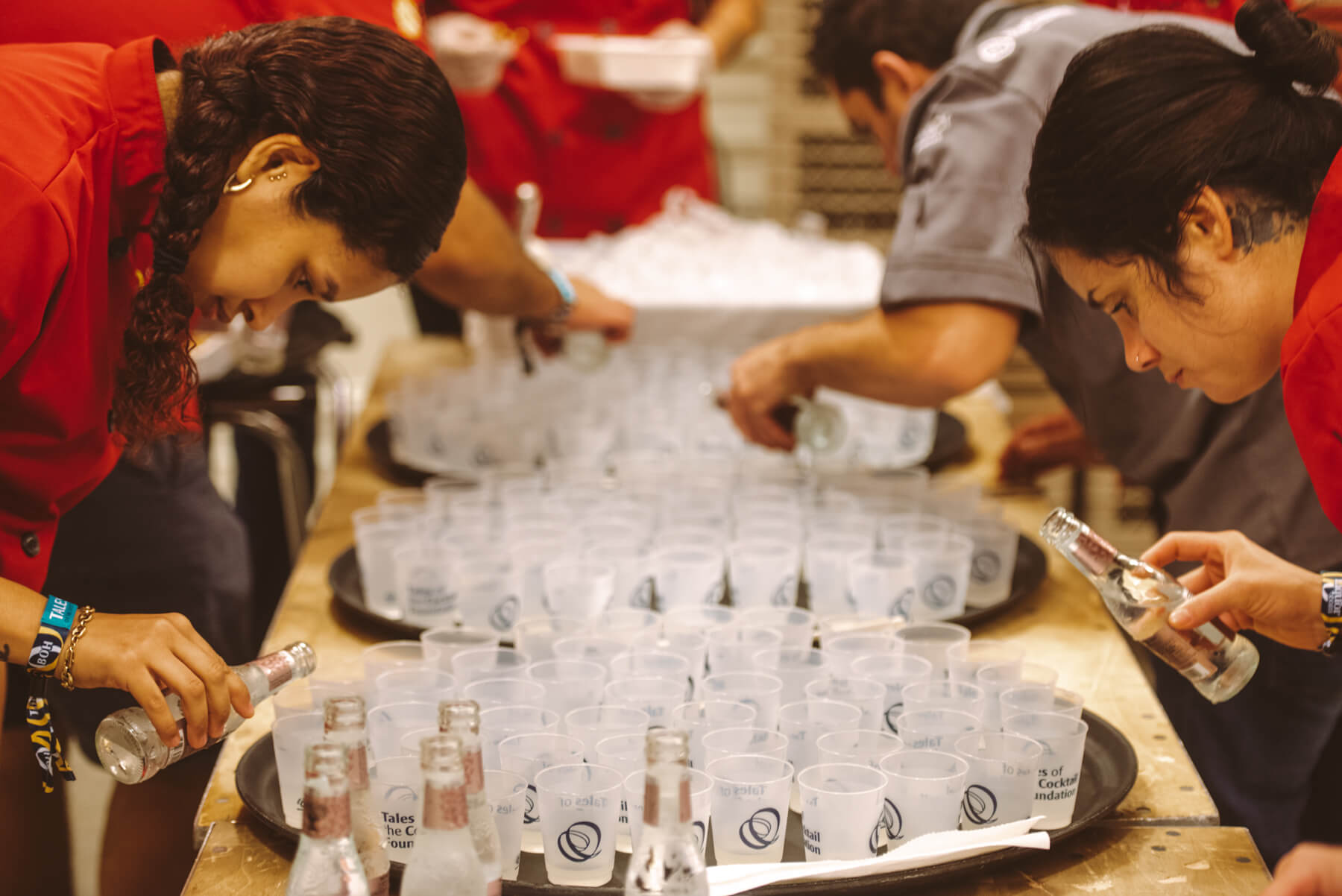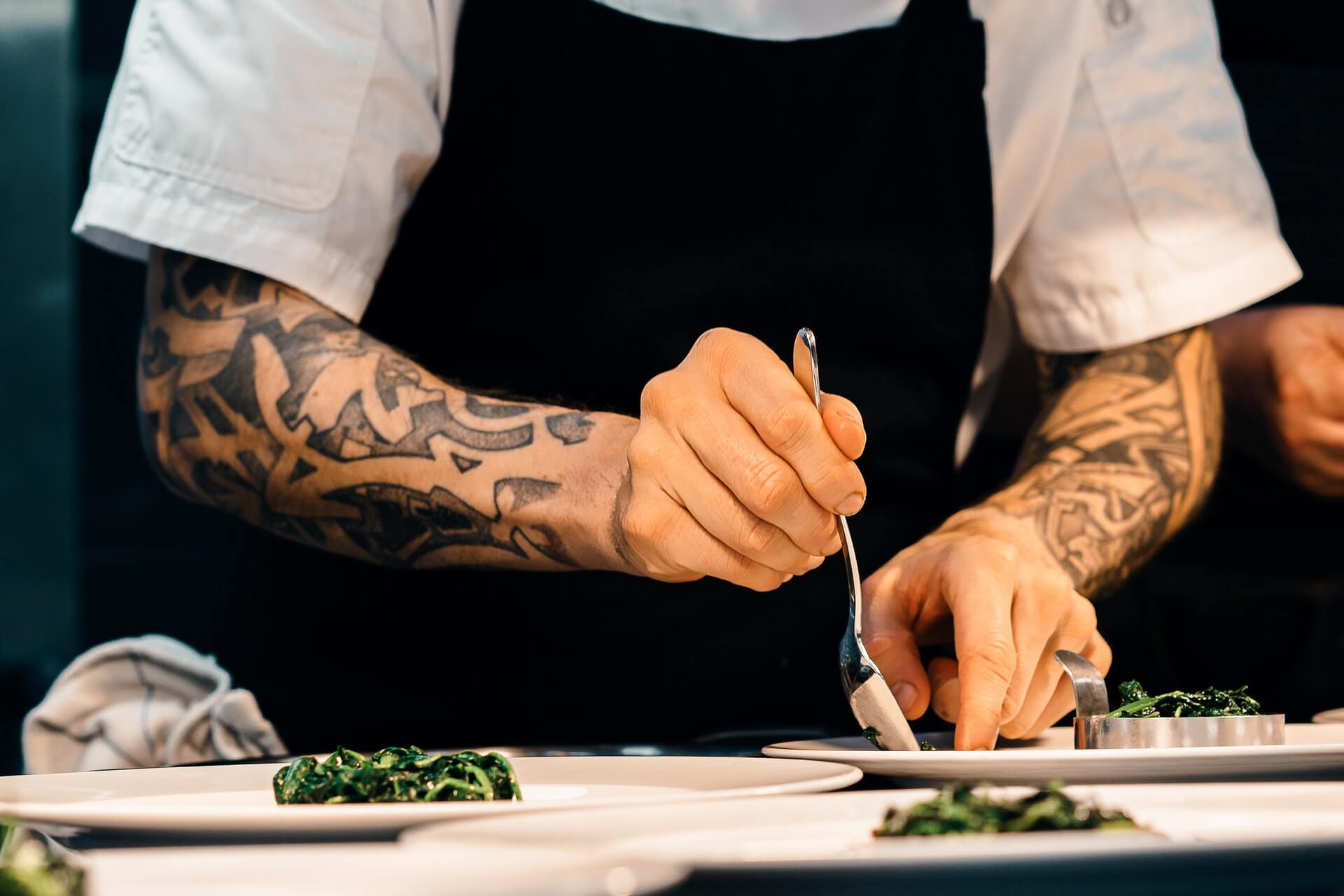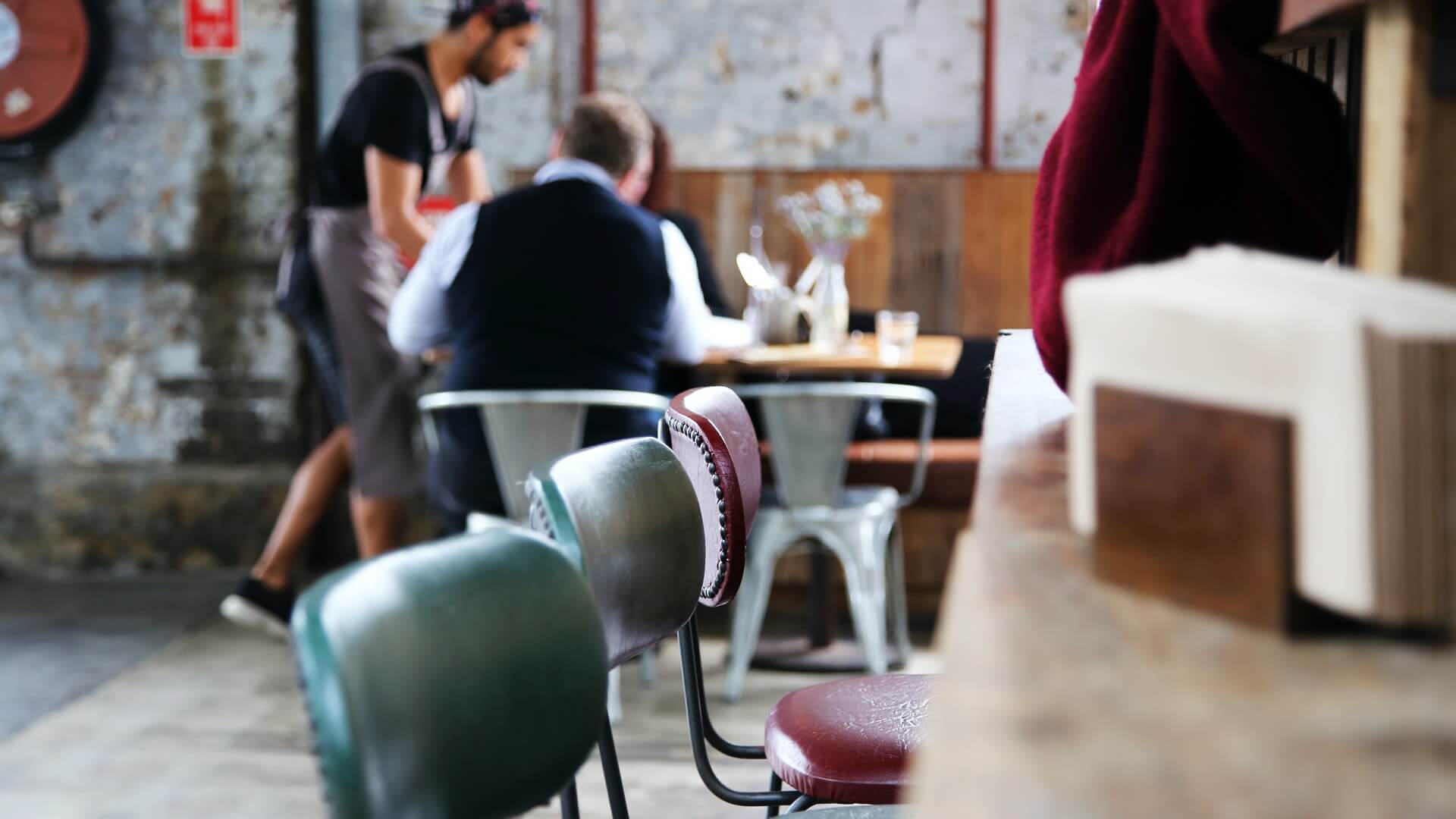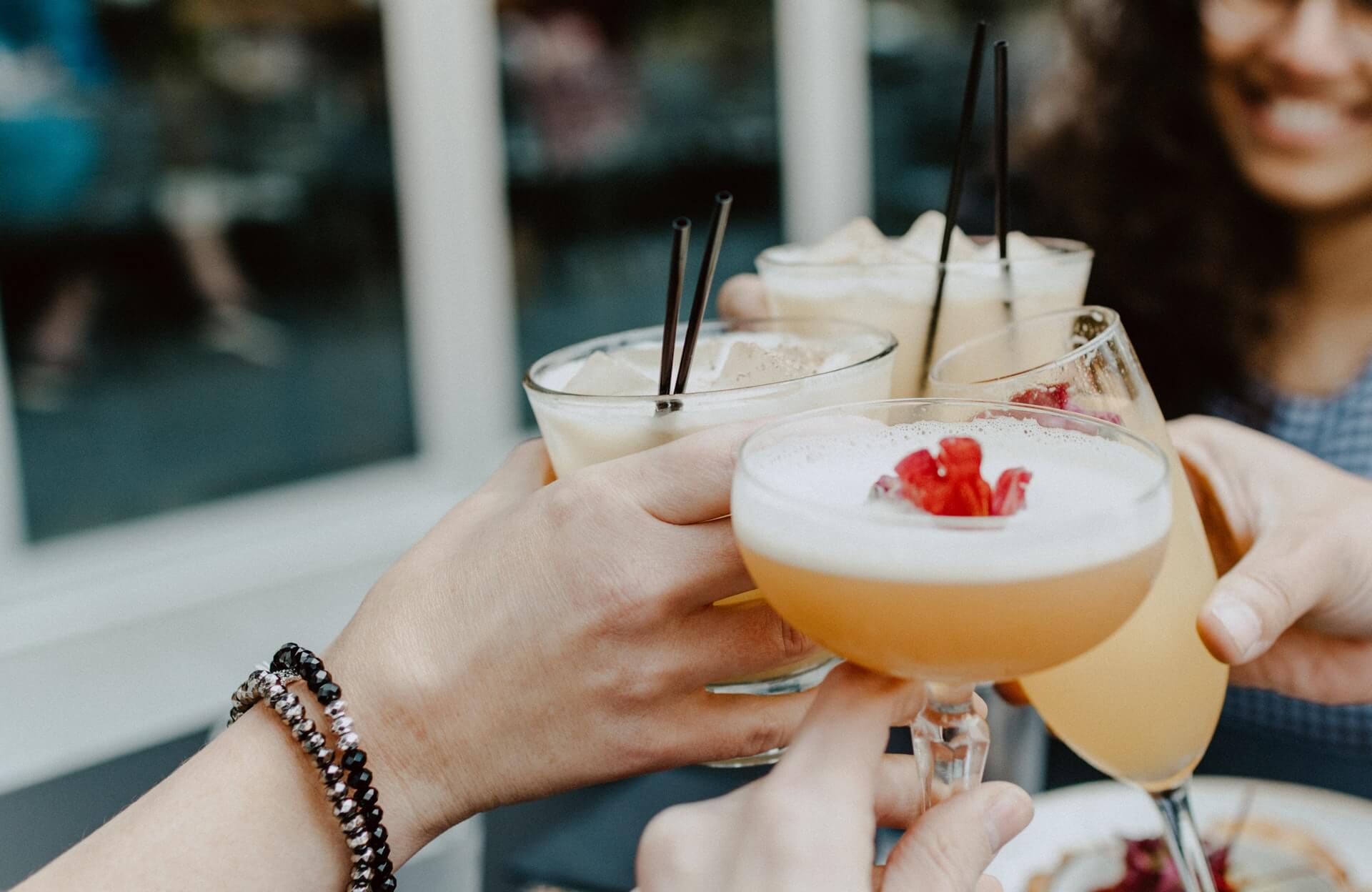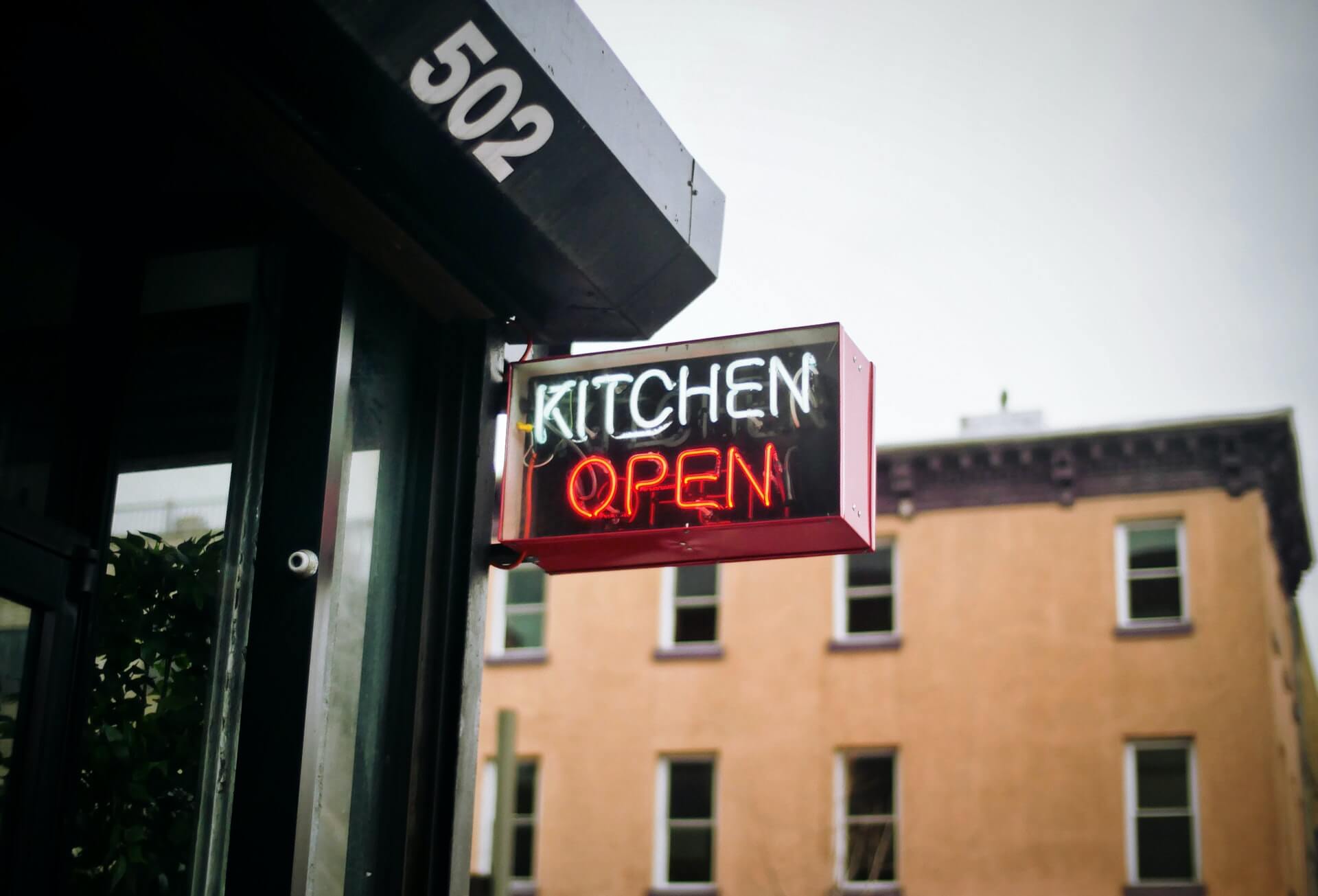Top 10 2022 Spirited Award Finalists
by David Klemt
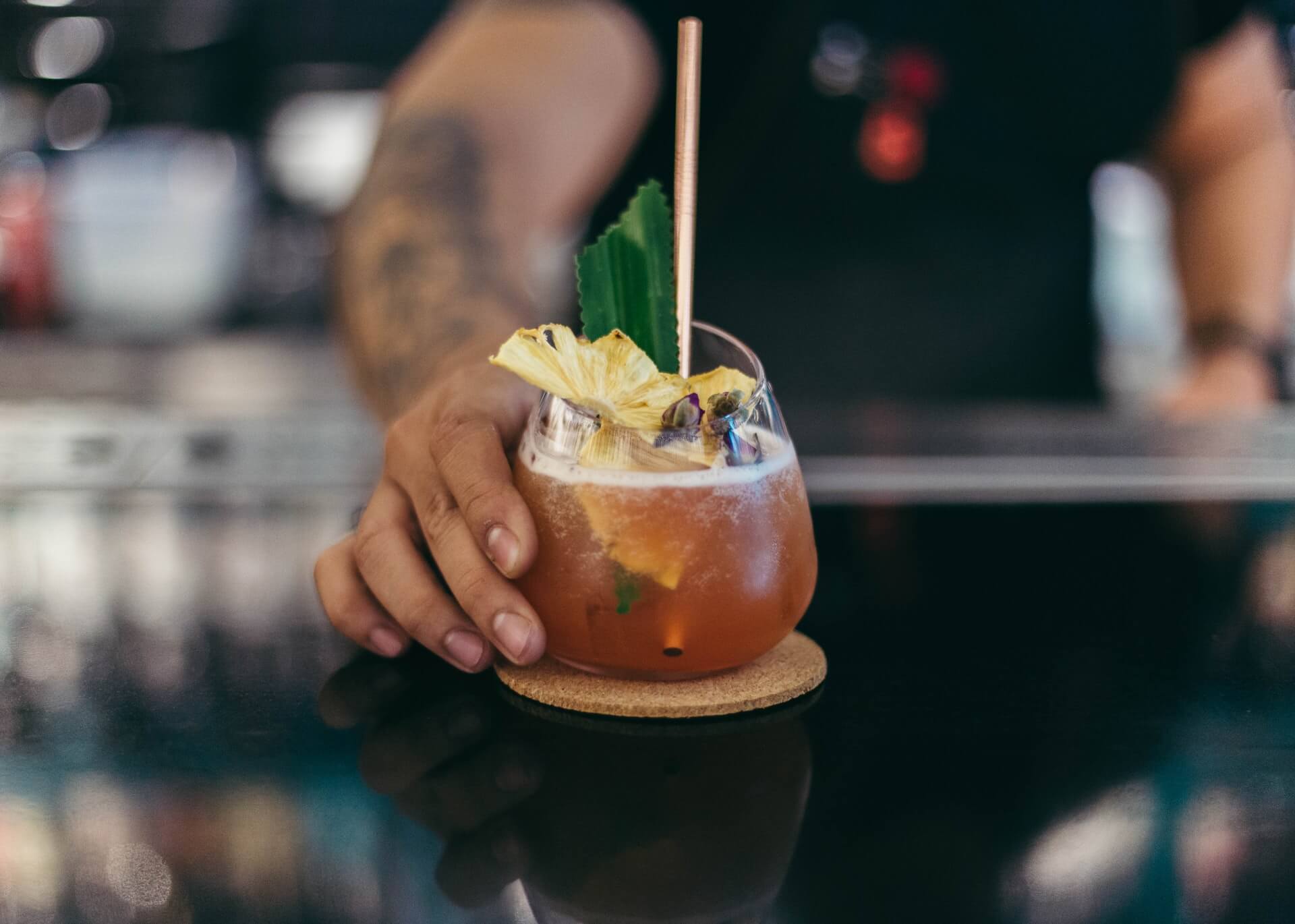
With just six weeks to go until the 20th anniversary of Tales of the Cocktail, the foundation announces their Spirited Award finalists.
Unsurprisingly, a number of the nominees can also be found on the North America’s 50 Best Bars list.
However, the Spirited Awards honor more than bars. The awards span four categories: US, International, Global, and Writing & Media.
Along with bar nominees, you’ll find mentors, bar teams, brand ambassadors, spirits, cocktail ingredients, books, articles, podcasts, videos, and publications in the list below.
Congratulations to the Spirited Awards’ top ten nominees! We’ll see you in New Orleans.
Cheers!
US Categories
US Bartender of the Year presented by Del Maguey
- Josh Davis (16th Street Bar, Chicago, IL)
- Chris Elford (Trade Winds Tavern, Navy Strength, Rob Roy, Here Today Brewing, Seattle, WA)
- Chris Hannah (Jewel of the South, New Orleans, LA)
- Caer Maiko Ferguson (DrinkWell, Austin, TX)
- Chris McMillian (Revel Bar & Cafe, New Orleans, LA)
- Shauna O’Neil (Sweet Liberty, Miami, FL)
- Kapri Robinson (Allegory, Washington, DC)
- Christian Suzuki-Orellana (Wildhawk, San Francisco, CA)
- Masahiro “Masa” Urushido (Katana Kitten, New York, NY)
- Christine Wiseman (BarLab Hospitality Group, Miami, FL)
Best US Bar Mentor presented by BarSmarts
- Colin Asare-Appiah
- Julio Cabrera
- Kevin Diedrich
- Meaghan Dorman
- Alba Huerta
- Alex Jump
- Sean Kenyon
- ms franky marshall
- Nectaly Mendoza
- Jeffrey Morgenthaler
Best US Brand Ambassador presented by Libbey Glass
- Kiowa Bryan (Spiribam)
- Chris Cabrera (Bacardí USA)
- Tad Carducci (Gruppo Montenegro)
- Cameron George (Ardbeg)
- Vance Henderson (Hendrick’s Gin)
- Lynn House (Heaven Hill)
- Jenna Murray (The Glenlivet)
- Natasha Sofia Velez (Davos Brands)
- Ryan Wainwright (Bombay Sapphire)
- Daniel Warrilow (Campari America)
Best US Bar Team presented by William Grant & Sons
- Attaboy (New York, NY)
- Cleaver: Butchered Meats, Seafood & Classic Cocktails (Las Vegas, NV)
- Half Step (Austin, TX)
- Jaguar Sun (Miami, FL)
- Jewel of the South (New Orleans, LA)
- Katana Kitten (New York, NY)
- The Long Island Bar (Brooklyn, NY)
- The Roosevelt Room (Austin, TX)
- The Snug (Sacramento, CA)
- Thunderbolt (Los Angeles, CA)
Best US Cocktail Bar presented by Absolut Vodka
- Bar Goto (New York, NY)
- Beachbum Berry’s Latitude 29 (New Orleans, LA)
- Bitter & Twisted Cocktail Parlour (Phoenix, AZ)
- DrinkWell (Austin, TX)
- Julep (Houston, TX)
- Katana Kitten (New York, NY)
- Occidental (Denver, CO)
- Pearl Diver (Nashville, TN)
- The Roosevelt Room (Austin, TX)
- Thunderbolt (Los Angeles, CA)
Best US Hotel Bar presented by Grey Goose
- Bar Marilou at Maison de la Luz (New Orleans, LA)
- Champagne Bar at The Surf Club Miami (Miami, FL)
- Dear Irving on Hudson at the Aliz Hotel (New York, NY)
- Hey Love at The Jupiter (Portland, OR)
- King Cole Bar at The St. Regis New York (New York, NY)
- Libertine Social at the Mandalay Bay (Las Vegas, NV)
- Little Rituals at the Residence Inn/Courtyard by Marriott (Phoenix, AZ)
- Midnight Rambler at the Joule (Dallas, TX)
- Mountaineering Club at the Graduate Seattle Hotel (Seattle, WA)
- Silver Lyan at the Riggs Washington DC (Washington, DC)
Best US Restaurant Bar presented by Maison Ferrand
- Café La Trova (Miami, FL
- Cleaver: Butchered Meats, Seafood & Classic Cocktails (Las Vegas, NV)
- Crown Shy (New York, NY)
- Gramercy Tavern (New York, NY)
- Jewel of the South (New Orleans, LA)
- Kimball House (Decatur, GA)
- Kumiko (Chicago, IL)
- L’Oursin (Seattle, WA)
- Republique (Los Angeles, CA)
- Spoon and Stable (Minneapolis, MN)
Best New US Cocktail Bar presented by Aviation Gin
- Double Chicken Please (New York, NY)
- Happy Accidents (Albuquerque, NM)
- Kona’s Street Market (San Francisco, CA)
- Law Bird (Columbus, OH)
- Overstory (New York, NY)
- Palmetto (Oakland, CA)
- Temple Bar (New York, NY)
- Tiki Tatsu-Ya (Austin, TX)
- Trade Winds Tavern (Seattle, WA)
- Yacht Club (Denver, CO)
International Categories
International Bartender of the Year presented by Patrón
- Moe Aljaff (Two Schmucks, Barcelona, Spain)
- Lorenzo Antinori (ARGO / Four Seasons Hotel & Resorts, Hong Kong, China)
- Giorgio Bargiani (The Connaught Bar, London, UK)
- Kate Boushel (Atwater Cocktail Club / Milky Way Cocktail Bar, Montréal, Québec, Canada)
- James Grant (Little HK, Edmonton, Canada)
- Keith Motsi (Charles H. Seoul at the Four Seasons Hotel, Seoul, South Korea)
- Rémy Savage (🔶🟥🔵 A Bar with Shapes for a Name, London, UK)
- Daniel Schofield (SCHOFIELD’S BAR, Manchester, UK)
- Ezra Star (Mostly Harmless, Hong Kong, China)
- Luke Whearty (BYRDI, Melbourne, Australia)
- Matt Whiley (RE, Sydney, Australia)
Best International Bar Mentor presented by Lyre’s Non-Alcoholic
- Monica Berg
- Arijit Bose
- Simone Caporale
- Renato “Tato” Giovannoni
- Tim Etherington Judge
- Trevor Kallies
- Dre Masso
- Lauren Mote
- Danil Nevsky
- Agostino Perrone
- Christina Veira
- Camille Vidal
*Includes 12 nominees due to a tie
Best International Brand Ambassador presented by Lyre’s Non-Alcoholic
- Jenna Ba (Diageo)
- Claudia Cabrera (Fratelli Branca)
- Irene Díaz (Ron Diplomático)
- Martin Hudák (Mr. Black Spirits)
- Daniyel Jones (House of Angostura)
- Ally Martin (Hendrick’s Gin)
- Dave Mitton (Lot No. 40 / JP Wiser’s)
- Ricardo Nava (Bacardí Latin America)
- Tim Phillips-Johansson (Johnnie Walker)
- Nicola Riske (The Macallan)
Best International Bar Team presented by House of Angostura
- ALQUÍMICO (Cartagena, Colombia)
- Atwater Cocktail Club (Montréal, Québec, Canada)
- Jigger & Pony at the Amara Hotel (Singapore)
- La Factoría (San Juan, Puerto Rico)
- MAYBE SAMMY (Sydney, Australia)
- Salmon Guru (Madrid, Spain)
- Tayēr + Elementary (London, UK)
- The Clumsies (Athens, Greece)
- Tres Monos (Buenos Aires, Argentina)
- Two Schmucks (Barcelona, Spain)
Best International Cocktail Bar presented by Tequila Fortaleza
- ALQUIMICO (Cartagena, Colombia)
- Atwater Cocktail Club (Montréal, Québec, Canada)
- Cause Effect Cocktail Kitchen & Cape Brandy Bar (Cape Town, South Africa)
- COA (Hong Kong, China)
- Florería Atlántico (Buenos Aires, Argentina)
- MAYBE SAMMY (Sydney, Australia)
- Paradiso (Barcelona, Spain)
- Salmon Guru (Madrid, Spain)
- Satan’s Whiskers (London, UK)
- Tayēr + Elementary (London, UK)
- Three Sheets (London, UK)
- Two Schmucks (Barcelona, Spain)
*Includes 12 nominees due to a tie
Best International Hotel Bar presented by Perrier
- Bar Trigona at the Four Seasons Hotel (Kuala Lumpur, Malaysia)
- Botanist at the Fairmont Pacific Rim Hotel (Vancouver, BC, Canada)
- Bulgari Bar at The Bvlgari Resort (Dubai, UAE)
- Charles H. Seoul at the Four Seasons Hotel (Seoul, South Korea)
- Fifty Mils at the Four Seasons Hotel (Mexico City, Mexico)
- Jigger & Pony at the Amara Hotel (Singapore)
- Lyaness at Sea Containers London (London, UK)
- MO BAR at the Mandarin Oriental (Singapore)
- Origin Bar at The Shangri-La Hotel (Singapore)
- The American Bar at The Stafford London (London, UK)
- The Donovan Bar at the Brown’s Hotel (London, UK)
*Includes 11 nominees due to a tie
Best International Restaurant Bar presented by Tales of the Cocktail Foundation
- Bar Kismet (Halifax, Nova Scotia, Canada)
- Caffe Fernet (Singapore)
- Danico (Paris, France)
- Le Mary Celeste (Paris, France)
- Locale Firenze (Florence, Italy)
- LPM Restaurant & Bar (Dubai, UAE)
- Pujol (Mexico City, Mexico)
- Sexy Fish (London, UK)
- The Continental Deli (Newtown, Australia)
- Tjoget (Stockholm, Sweden)
- Zuma Dubai — Dubai, UAE)
*Includes 11 nominees due to a tie
Best New International Cocktail Bar presented by Stranger & Sons
- 🔶🟥🔵 A Bar with Shapes for a Name (London, UK)
- Amaro Bar (London, UK)
- ARGO (Hong Kong, China)
- Dead End Paradise (Beirut, Lebanon)
- DEAN & NANCY (Sydney, Australia)
- RE (Sydney, Australia)
- Schofield’s Bar (Manchester, UK)
- Side Hustle at the NoMad (London, UK)
- SIPS (Barcelona, Spain)
- Wax On (Berlin, Germany)
Global Categories
Best New Spirit or Cocktail Ingredient presented by Tales of the Cocktail Foundation
- Abasolo Ancestral Corn Whisky
- ANGOSTURA® cocoa bitters
- Citadelle Gin Jardin d’été
- Del Maguey Single Village Mezcal Vida de Muertos
- Equiano Light Rum
- Fever-Tree Sparkling Lime & Yuzu
- Fever-Tree Sparkling Pink Grapefruit
- Hendrick’s Lunar Gin
- Lyre’s Non-Alcoholic – Italian Orange
- Nixta Licor de Elote
- Lost Irish
- Ojo de Tigre Mezcal Artesanal
- SAVOIA Americano
*Includes 13 nominees due to a tie
World’s Best Cocktail Menu presented by Diageo Bar Academy
- ALQUÍMICO (Cartagena de Indias, Colombia)
- Dante NYC (New York, NY)
- Himkok (Oslo, Norway)
- Little Red Door (Paris, France)
- Lyaness at Sea Containers London (London, UK)
- Mace Bar (New York, NY)
- Paradiso (Barcelona, Spain)
- Scarfes Bar at the Rosewood London (London, UK)
- Swift Soho (London, UK)
- Tayēr + Elementary (London, UK)
World’s Best Spirits Selection presented by Beam Suntory
- ATLA (New York, NY)
- Brandy Library (New York, NY)
- In-Situ Mezcaleria (Oaxaca City, Mexico)
- Jack Rose Dining Saloon (Washington, DC)
- Origin Bar at The Shangri-La Hotel (Singapore)
- Rumba (Seattle, WA)
- Sexy Fish (London, UK)
- Swift Soho (London, UK)
- The Bamboo Room at Three Dots and a Dash (Chicago, IL)
- The Doctor’s Office (Seattle, WA)
Writing and Media Categories
Best Cocktail & Spirits Publication presented by Diageo Bar Academy
- CLASS magazine
- Difford’s Guide
- Discard the Zine
- DRiNK Magazine Asia
- Drinks International
- Liquor.com
- The Cocktail Lovers magazine
- The Spirits Business
- VinePair
- Whisky Magazine
Best Broadcast, Podcast, or Online Video Series presented by Diageo Bar Academy
- A Life In Whisky: The Dennis Malcolm Story (A documentary by Whisky Magazine)
- Behind the Bar with Cara Devine
- El Club de los Cantineros (Documentary)
- Freepour™
- Happy Hour History
- Hospitality Forward Podcast by Hanna Lee Communications
- Radio Imbibe
- Shōshin Art Club
- The Cocktail Lovers Podcast
- The Speakeasy Podcast
Best Cocktail & Spirits Writing presented by Diageo Bar Academy
- “Get Real: The bar world looks beyond feel-good measures on sustainability and climate change” by Max Falkowitz, for Imbibe Magazine
- “Getting high from a new supply: a revolutionary flavour extraction method for cocktails is being pioneered in South Africa” by Leah van Deventer, for TheWorlds50Best.com
- “Has the Coronavirus Pandemic Destroyed American Bar Culture?” by Jeffrey Morgenthaler, for Daily Beast
- “Making it Through: How a Bar’s Regulars Helped During a Pandemic,” by Rebecca Cate as told to Paul Clarke, Imbibe
- “Marc Farrell Wants to Change the Way You Think About Rum” by Yolanda Evans, for Food & Wine
- “Meet the Eco-Packaging Innovations Transforming the Drinks Industry” by Betsy Andrews, for SevenFifty Daily
- “Mexican Terroir” by Liza Weisstuch, for Whisky Magazine
- “The Greatest Drinking Contest in History” by David Wondrich, for Daily Beast
- “The Hard Reset – Creating a New Hospitality Culture” by Anna Sebastian, for CLASS
- “Turns Out Rye Whiskey Isn’t an American Creation After All” by Lew Bryson, for Daily Beast
Best New Cocktail or Bartending Book presented by Lyre’s Non-Alcoholic
- Claridge’s The Cocktail Book by Denis Broci and Nathan McCarley-O’Neill
- COCKTAIL DIVE BAR: Real Drinks, Fake History, and Questionable Advice from New Orleans’s Twelve Mile Limit by T. Cole Newton
- Death & Co: Welcome Home by Alex Day, Nick Fauchald, and David Kaplan
- Difford’s Guide to Cocktails Sixteenth Edition by Simon Difford
- Mezcal and Tequila Cocktails by Robert Simonson
- The Cocktail Seminars by Brian D. Hoefling
- The Japanese Art of the Cocktail by Masahiro Urushido and Michael Anstendig
- The Way of the Cocktail: Japanese Traditions, Techniques, and Recipes by Julia Momosé with Emma Janzen
- Tokyo Cocktails by Nicholas Coldicott
- Zero Proof: 90 Non-Alcoholic Recipes for Mindful Drinking by Elva Ramirez
Best New Book on Drinks Culture, History, or Spirits presented by Diageo Bar Academy
- A Good Drink: In Pursuit of Sustainable Spirits by Shanna Farrell
- Bourbon: The Story of Kentucky Whiskey by Clay Risen
- Drunk: How We Sipped, Danced, and Stumbled Our Way to Civilization by Edward Slingerland
- Girly Drinks: A World History of Women and Alcohol by Mallory O’Meara
- L’Ora dell’Americano by Mauro Mahjoub & Lucio Tucci
- Something & Tonic by Nick Kokonas
- The Big Book of Amaro by Matteo Zed
- The New Kindred Spirits by F. Paul Pacult
- The Oxford Companion to Spirits and Cocktails edited by David Wondrich with Noah Rothbaum
- The Spirit of Rye by Carlo DeVito
Image: Jia Jia Shum on Unsplash

